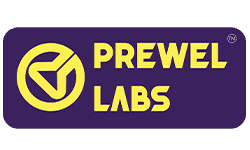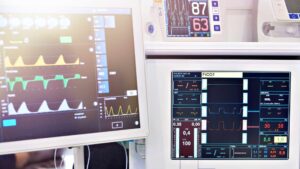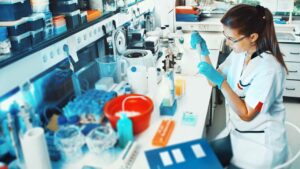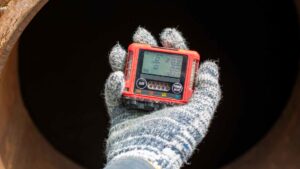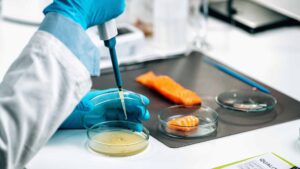Water Testing FAQs
How much does it cost to test water in Bangalore?
The cost of water testing in Bangalore can vary based on the type of analysis required. Our testing services offer competitive pricing, and specific costs depend on the scope and complexity of the analysis needed. Please contact us for a customized quote tailored to your requirements.
What are the different types of water analysis?
Our water testing services cover a range of analyses, including physical, chemical, and microbiological tests. Common parameters include pH, turbidity, heavy metals, bacteria, and more. We tailor our analyses to meet regulatory standards and ensure the safety and quality of your water.
How much TDS in water is good for health?
The WHO recommends a TDS level of less than 300 mg/L for optimal taste. However, for health considerations, a TDS level between 150-300 mg/L is generally considered acceptable. Our water testing services can assess the TDS levels, providing valuable insights into the quality of your drinking water.
What are the 7 Common Myths about RO water?
Our water testing services debunk common myths about RO water. While RO purification is effective in removing impurities, it’s essential to address misconceptions. We provide accurate information through our testing services, ensuring you make informed decisions about water purification methods.
What re the Types of Water Testing Methods?
Our water testing methods encompass a variety of approaches, including chemical, physical, and microbiological analyses. We employ state-of-the-art equipment and adhere to standardized testing methods to provide reliable results. Our comprehensive testing ensures a thorough assessment of water quality.
Is boiling water the safest way to consume pure water?
Boiling water is an effective method to eliminate certain contaminants, but it may not address all impurities. Our water testing services can identify specific contaminants, guiding you on suitable purification methods to ensure the safety and purity of your drinking water.
How do I know if my water is drinkable at home?
Our water testing services offer a reliable way to determine the drinkability of your water at home. Through comprehensive analyses, we assess factors like microbial contamination, chemical composition, and physical parameters to ensure your water meets safety standards.
Is fridge water safe to drink?
The safety of fridge water depends on the source water quality and the condition of the refrigerator’s water filtration system. Our water testing services can evaluate the water quality, ensuring that the water dispensed from your fridge meets safety standards for consumption.
How much TDS level in borewell water is safe?
The safety of borewell water depends on its TDS level. According to WHO guidelines, a TDS level below 600 mg/L is generally considered safe for consumption. Our water testing services can assess the TDS levels in your borewell water, providing insights into its suitability for drinking.
WHO guidelines for water testing
Our water testing services align with WHO guidelines, ensuring that our analyses cover a comprehensive range of parameters to assess water safety. We adhere to international standards, providing you with accurate and reliable results for informed decision-making.
What are the specific contaminants I should test for in well water?
It’s important to test for a variety of contaminants in well water, including bacteria such as E. coli and coliform, heavy metals like lead and arsenic, nitrates, pesticides, volatile organic compounds (VOCs), and other potential pollutants based on local industrial or agricultural activities.
How is city water treated, and what contaminants might still be present?
City water undergoes treatment processes like filtration, disinfection (often with chlorine or chloramine), and sometimes additional steps like reverse osmosis or UV treatment. However, contaminants like disinfection byproducts, lead from aging pipes, pharmaceuticals, and industrial chemicals may still be present in trace amounts.
What are the health risks of drinking contaminated water?
Drinking contaminated water can lead to a range of health issues, from gastrointestinal problems due to bacterial contamination to long-term health risks like cancer from exposure to heavy metals or chemicals. It can also impact vulnerable populations such as infants, pregnant women, and individuals with weakened immune systems more severely.
How can I improve the quality of my drinking water?
You can improve the quality of your drinking water by installing water filtration systems tailored to your specific needs, regularly testing your water for contaminants, maintaining your well or plumbing infrastructure, and being mindful of potential pollution sources near your water source.
